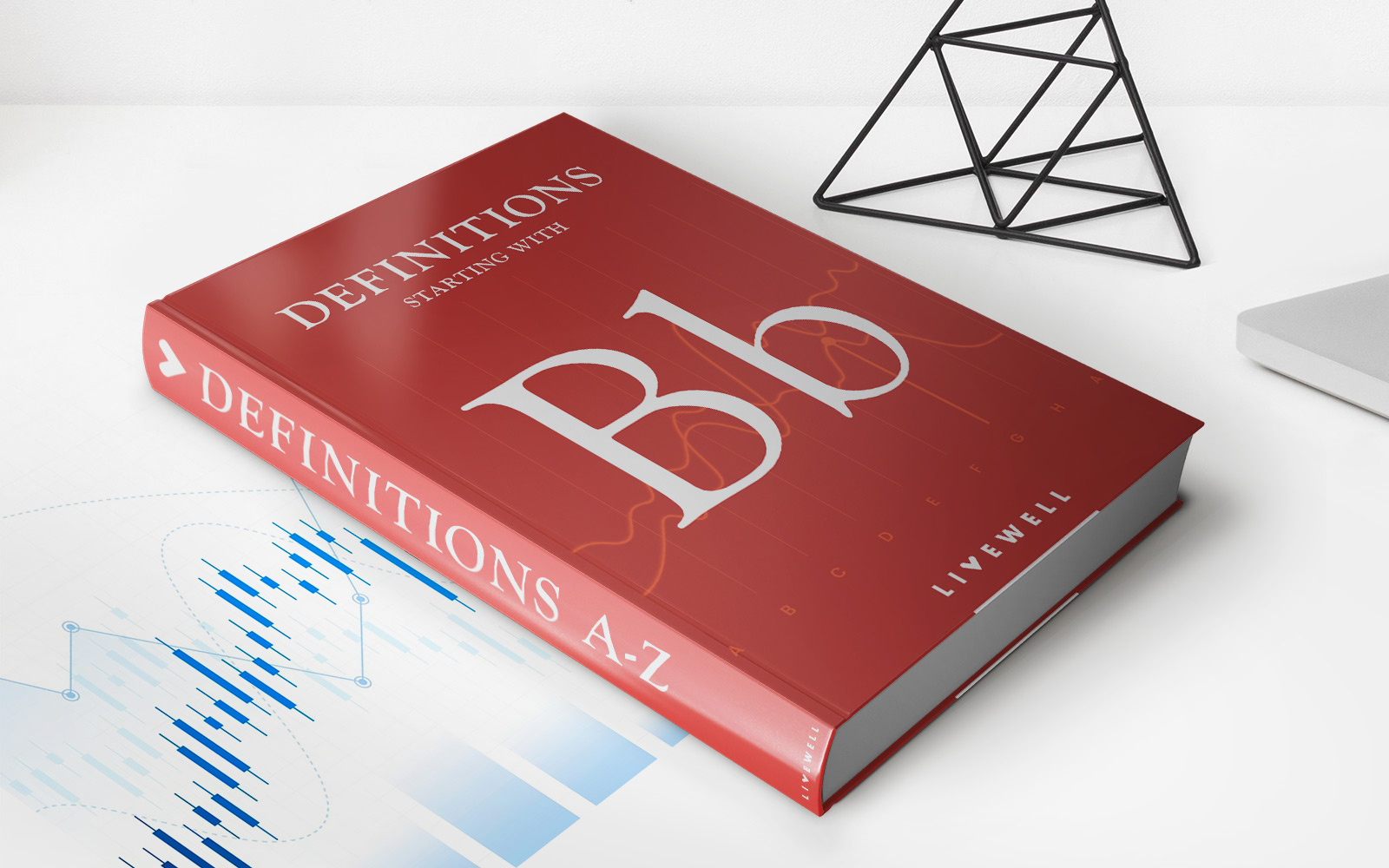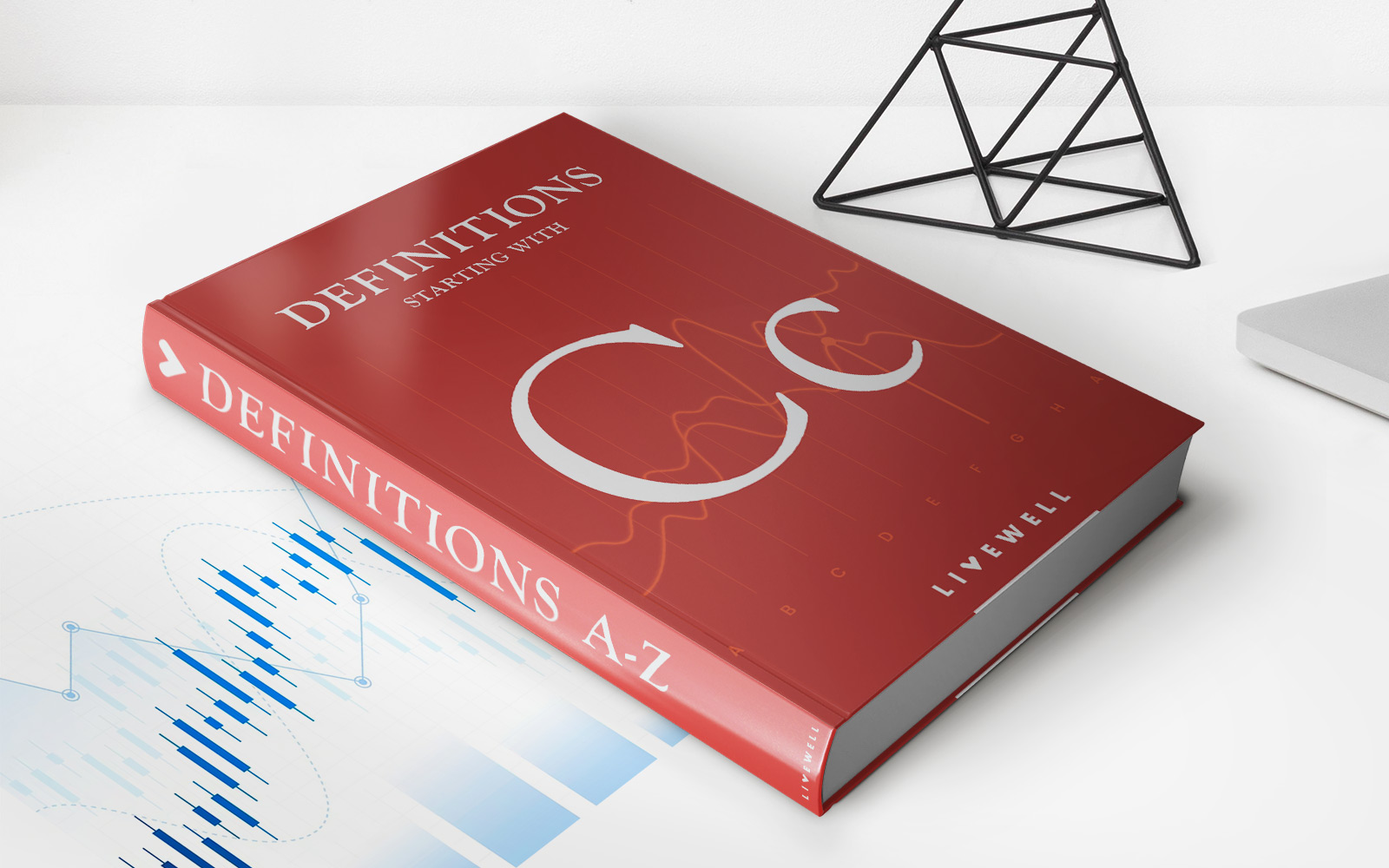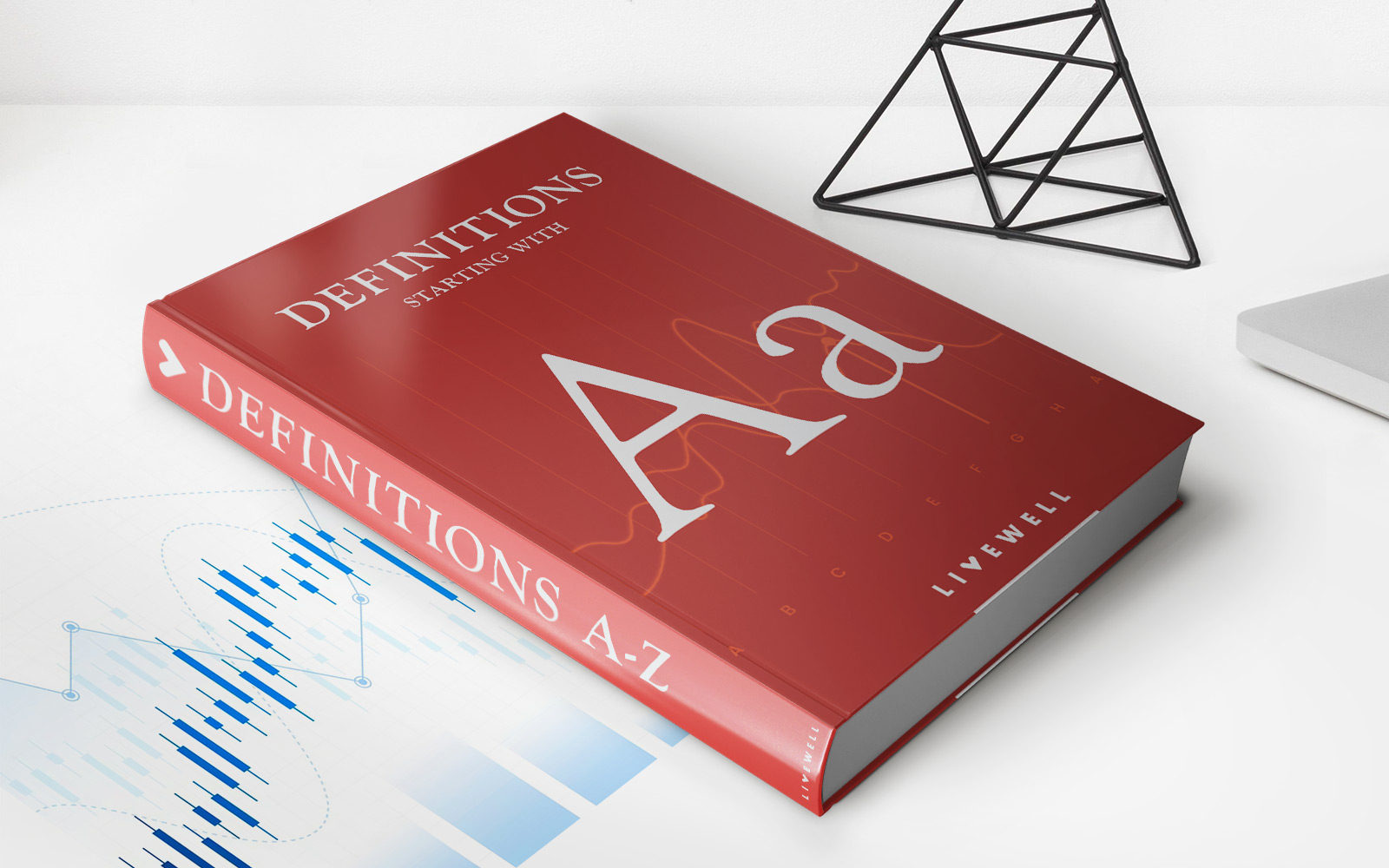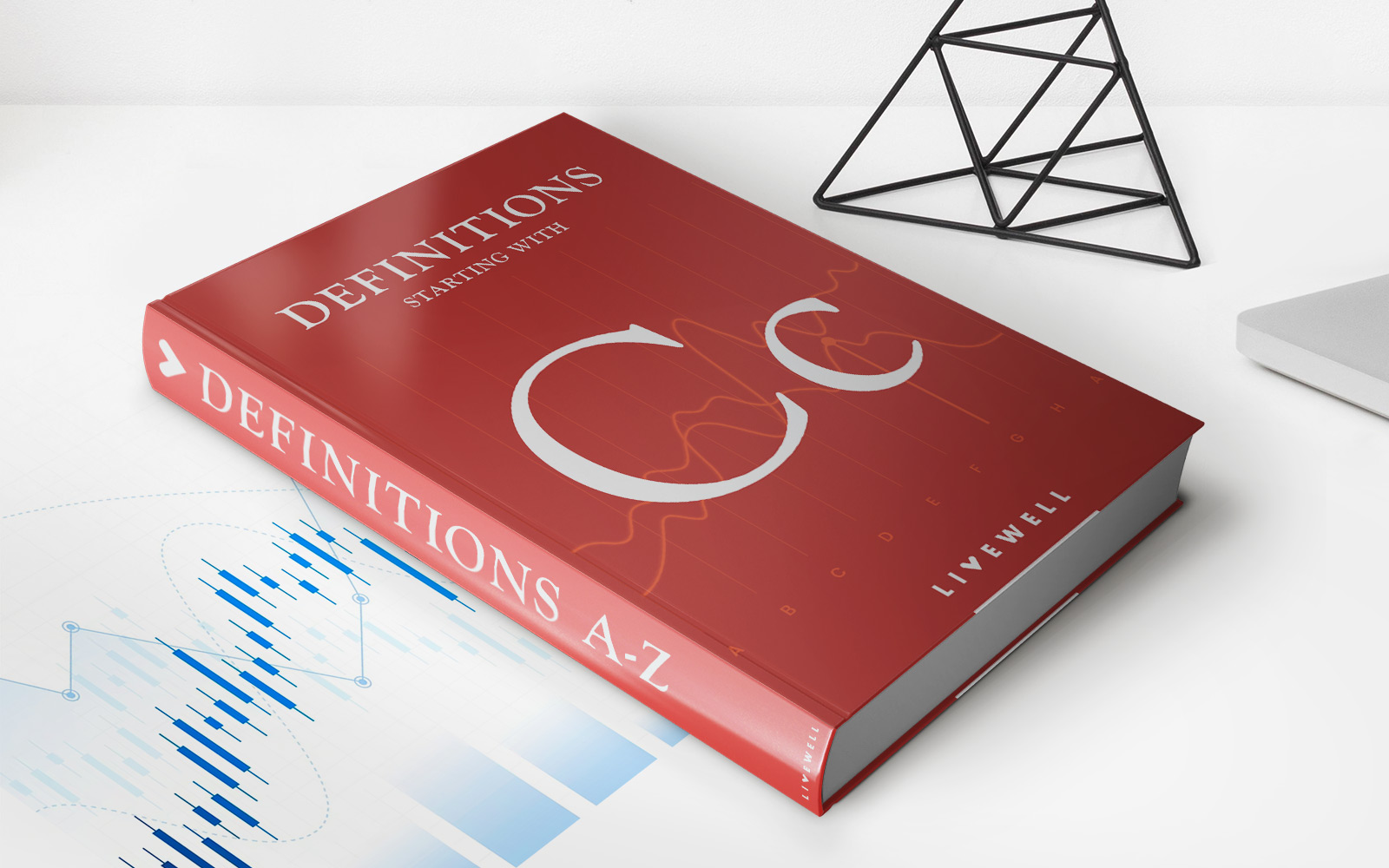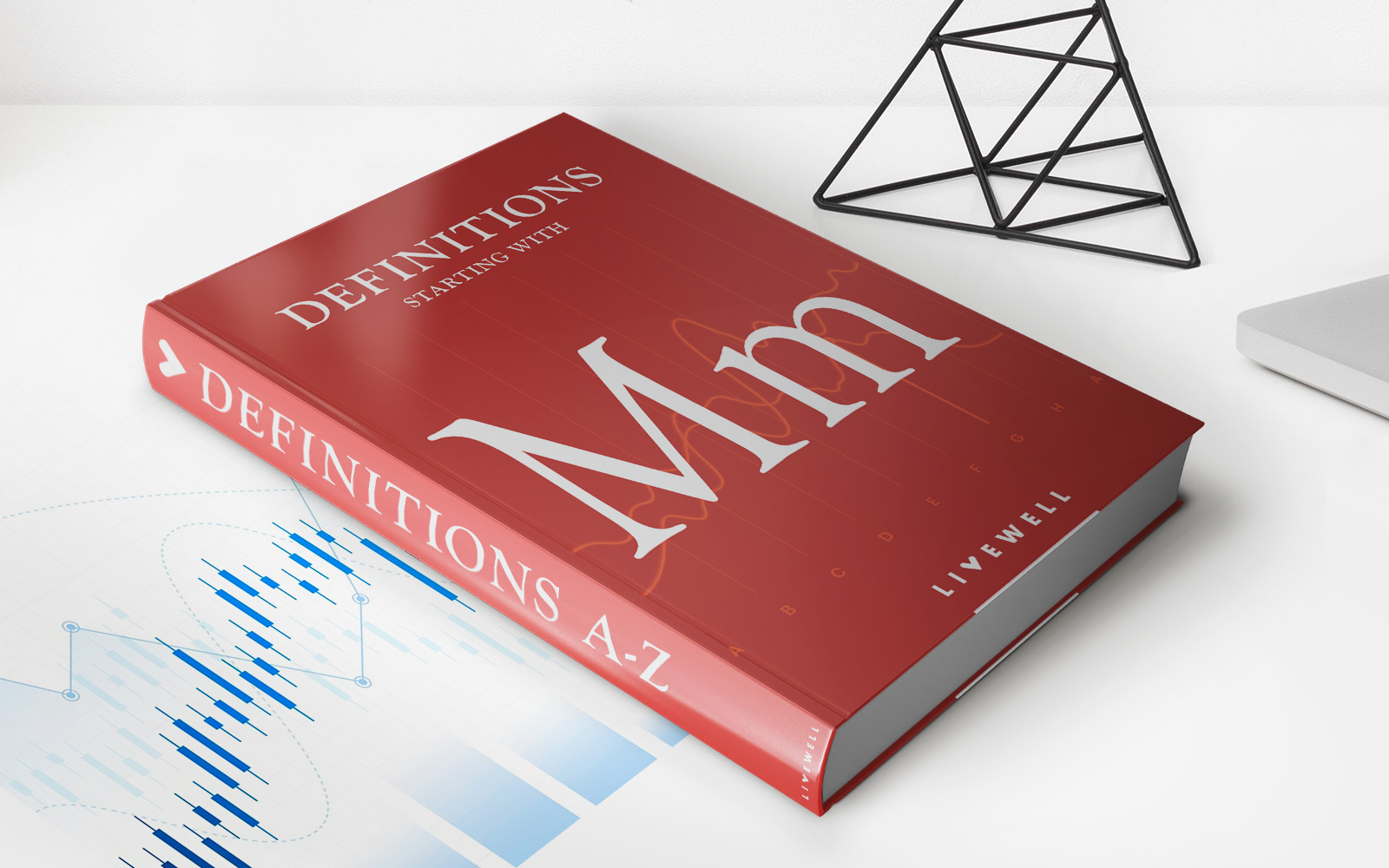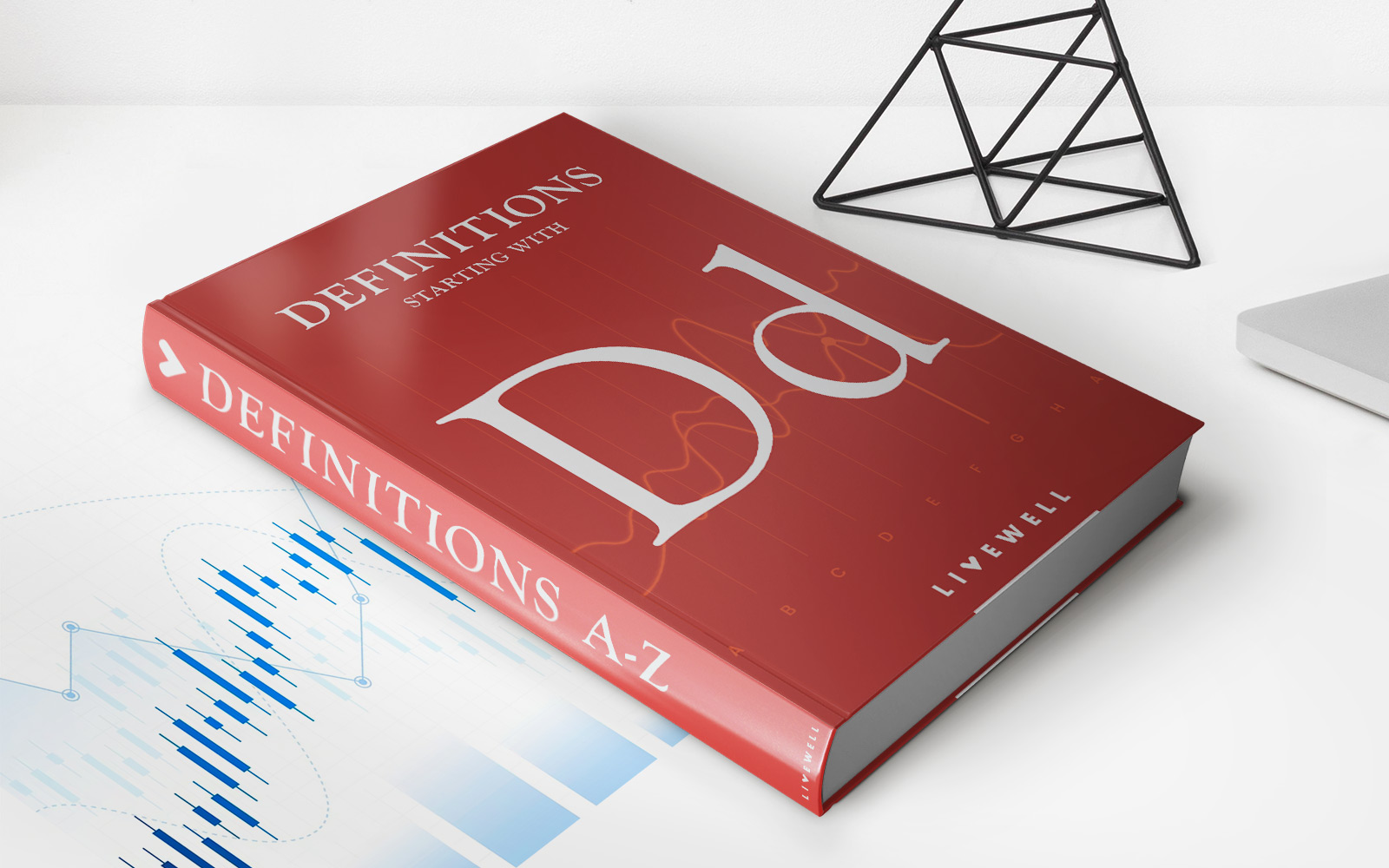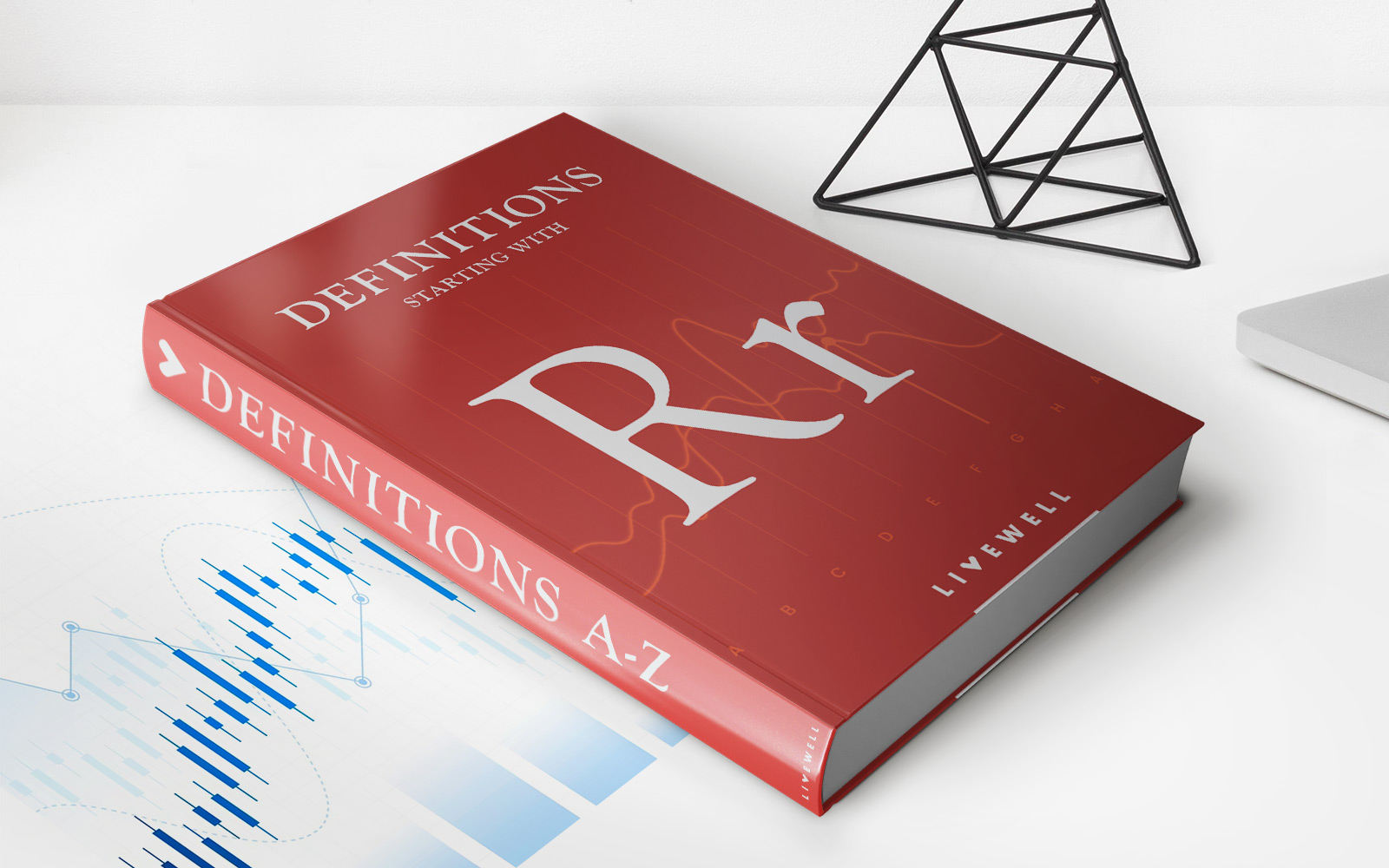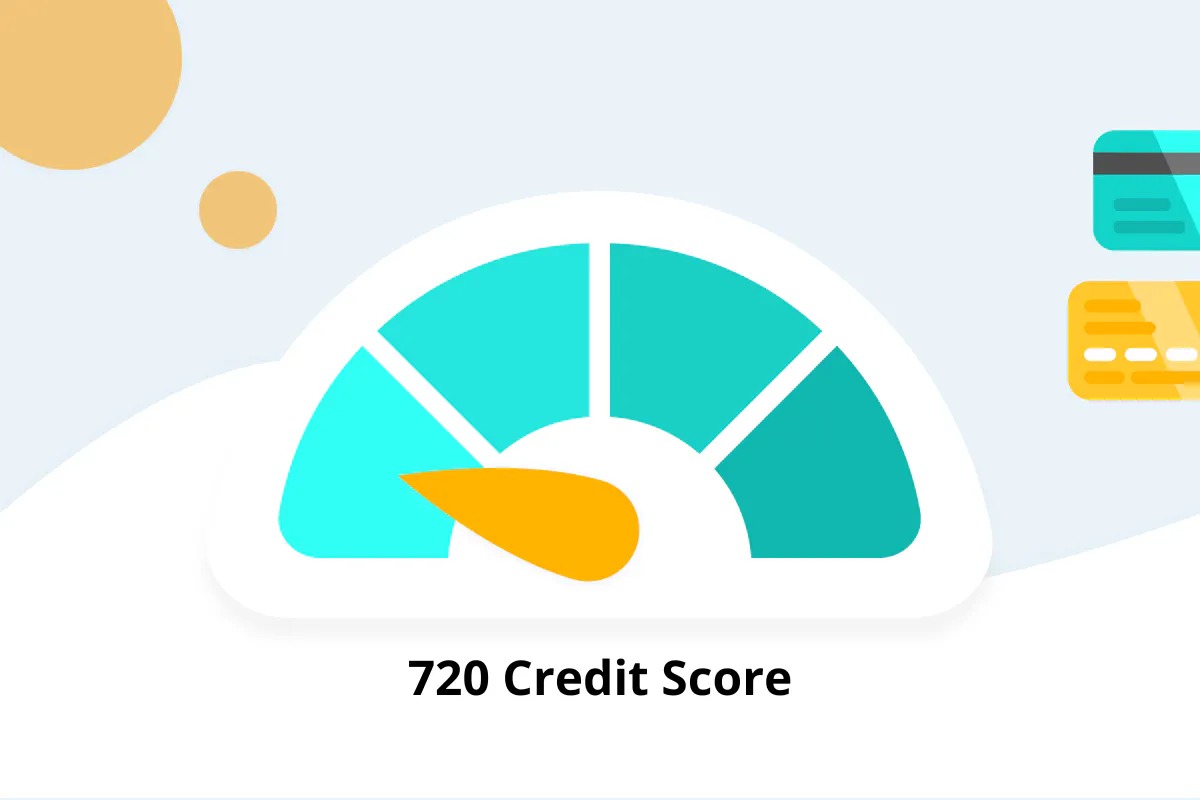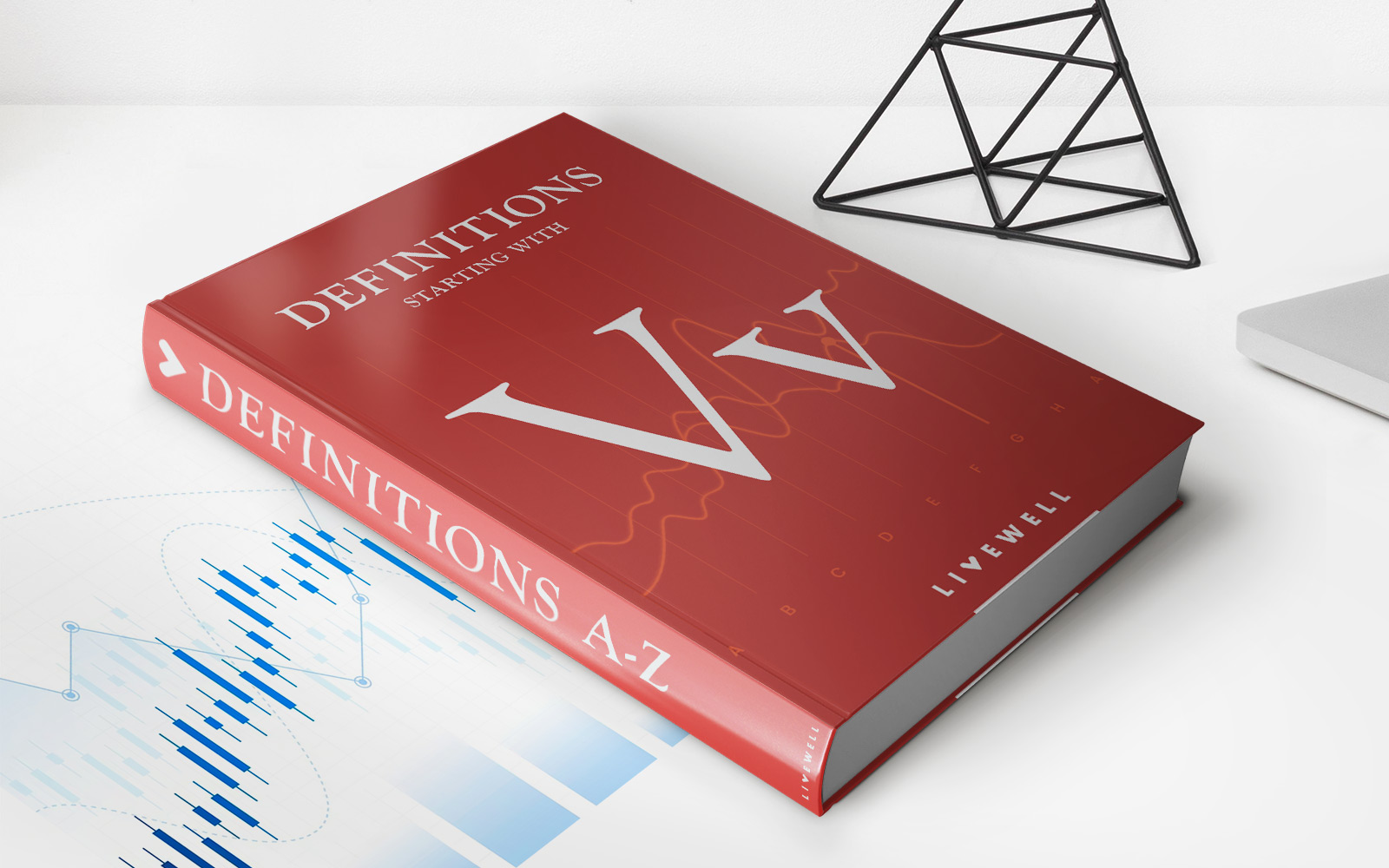Home>Finance>Loyalty Program: Definition, Purposes, How It Works, Example
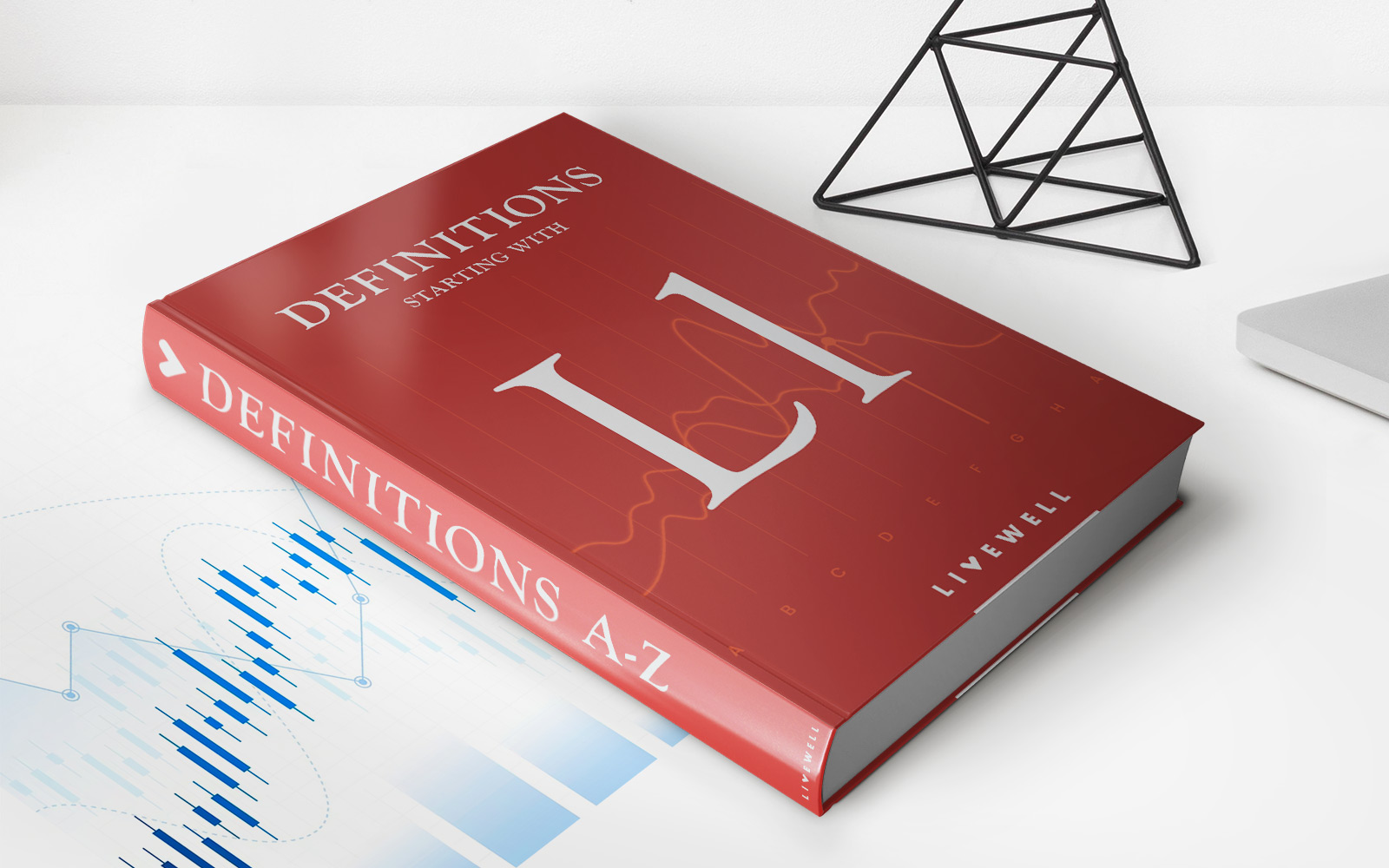

Finance
Loyalty Program: Definition, Purposes, How It Works, Example
Published: December 21, 2023
Learn about the definition, purposes, and working of loyalty programs in the finance industry, including a real-life example. Boost customer retention and engagement.
(Many of the links in this article redirect to a specific reviewed product. Your purchase of these products through affiliate links helps to generate commission for LiveWell, at no extra cost. Learn more)
Loyalty Program: Definition, Purposes, How It Works, Example
Welcome to our FINANCE category where we dive deep into topics related to finances, investments, and money management. In this blog post, we will explore the fascinating world of loyalty programs and how they can benefit both consumers and businesses alike. So, what exactly is a loyalty program, and how does it work? Let’s find out!
Key Takeaways:
- A loyalty program is a marketing strategy employed by businesses to reward customers for their repeat purchases and encourage brand loyalty.
- These programs offer enticing benefits, such as discounts, exclusive offers, freebies, and rewards points, to incentivize customers to choose their brand over competitors.
At its core, a loyalty program is a marketing strategy employed by businesses to reward customers for their repeat purchases and encourage brand loyalty. By offering enticing benefits, such as discounts, exclusive offers, freebies, and rewards points, these programs incentivize customers to choose their brand over competitors. But how does it all work? Let’s break it down:
1. Registration and Enrollment
The first step in joining a loyalty program is usually the registration or enrollment process. Customers may need to provide their basic information, such as name, contact details, and sometimes even preferences or demographics. This information allows businesses to tailor their offers and communicate directly with their customers.
2. Earning Points or Rewards
Once enrolled, customers can start earning points or other rewards based on their purchase behavior. This can include earning a certain number of points for each dollar spent, bonus points for specific products or actions, or even points for participating in surveys or referring friends. The more points a customer accumulates, the higher their status or reward level within the program.
3. Redeeming Rewards
Once customers have earned enough points or rewards, they can redeem them for various benefits. This could include discounted or free products or services, exclusive offers, access to special events, or even cashback. Businesses often provide a catalogue of options for customers to choose from, allowing them to pick the rewards that appeal to them the most.
4. Personalized Offers and Communication
One of the key advantages of loyalty programs is the ability to personalize offers and communication based on customer preferences. By analyzing purchase data and behavioral patterns, businesses can send tailored promotions, discounts, or recommendations that are more likely to be well-received by each individual customer. This personalized approach helps build a stronger bond between the customer and the brand.
So, what does a loyalty program look like in action? Let’s take a look at an example:
Example: XYZ Supermarket Loyalty Program
XYZ Supermarket offers a loyalty program called “SuperSaver Rewards.” Customers can sign up for free and earn 1 point for every dollar spent on eligible purchases. They also have bonus point promotions for specific products each month. Once customers accumulate a certain number of points, they can choose to redeem them for a variety of rewards, such as discounts on future purchases, free groceries, or even gift cards. Additionally, SuperSaver Rewards members receive personalized offers based on their shopping habits and are the first to know about exclusive sales.
In conclusion, loyalty programs are a win-win for both customers and businesses. Customers enjoy the benefits of discounts, rewards, and personalized offers, while businesses can increase customer retention, foster brand loyalty, and gather valuable data for future marketing efforts. By implementing a well-designed loyalty program, businesses can create a loyal customer base that keeps coming back for more.
